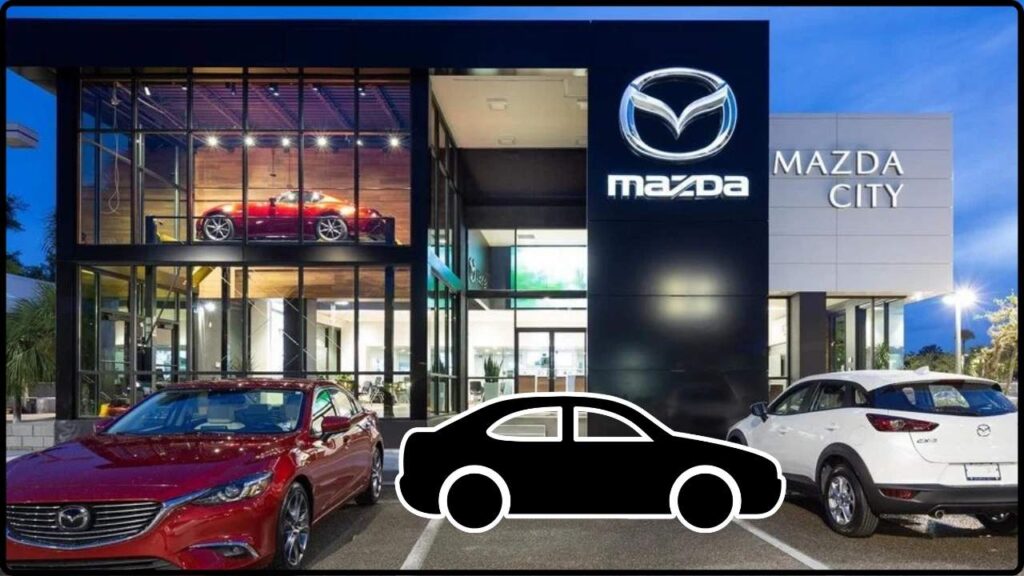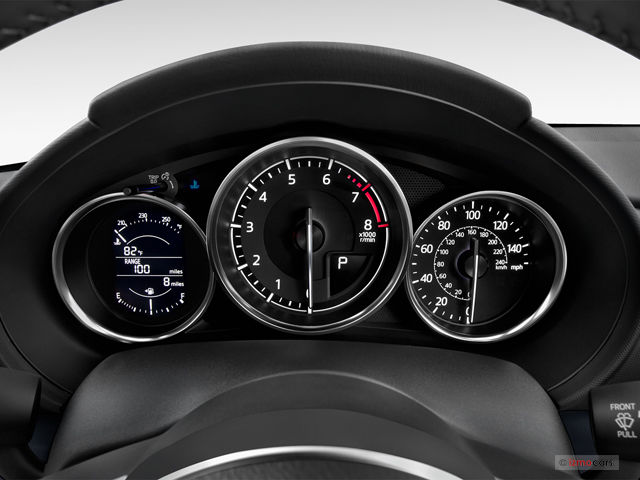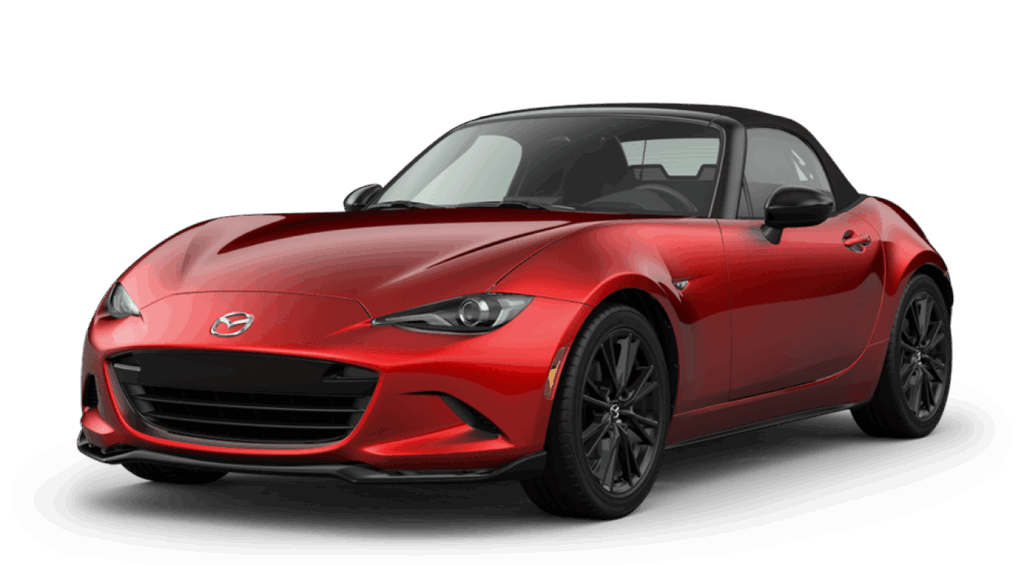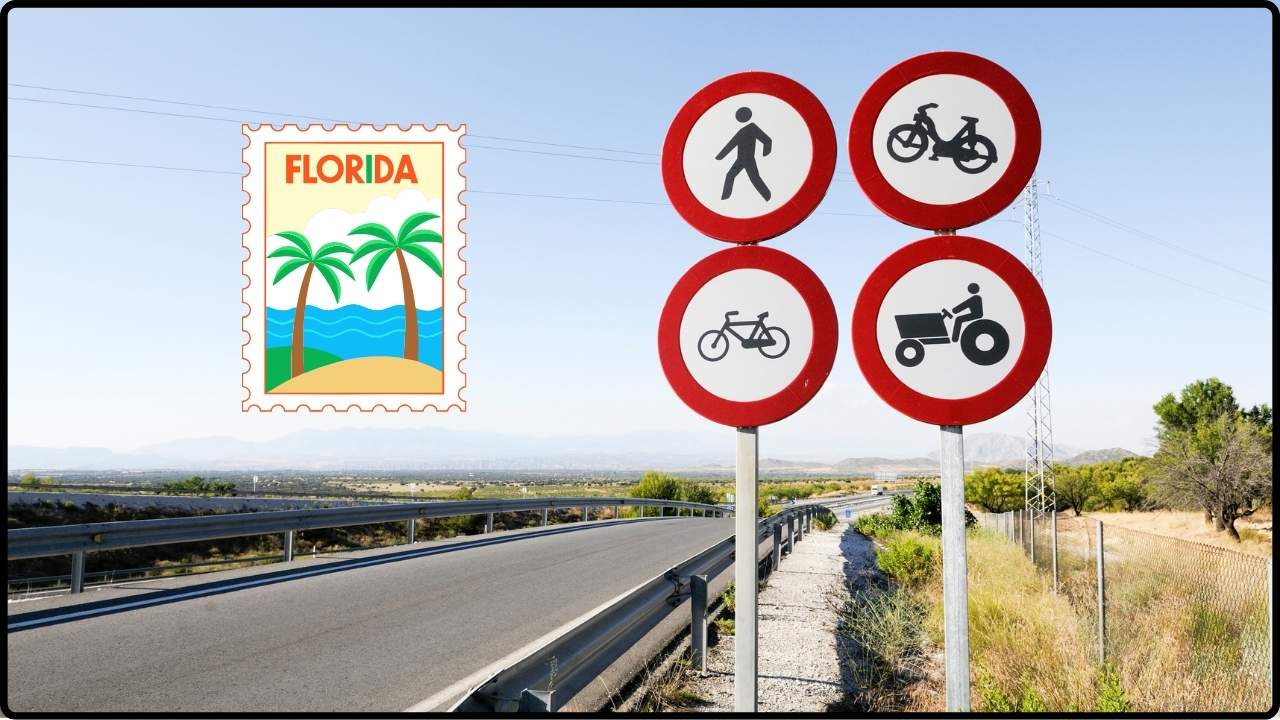
Goodbye to Mazda Worries: It is more than just a headline—it’s a wake-up call for thousands of 2024–2025 Mazda MX-5 Miata owners worldwide. Mazda has issued an official safety recall involving 12,244 units of this popular sports car after discovering a dangerous software glitch affecting the vehicle’s Dynamic Stability Control (DSC) system.
The issue lies in the DSC module, which is responsible for controlling the car’s traction and stability systems. Due to a faulty software configuration, the DSC warning light fails to illuminate when the system is inactive or disabled. That’s a problem because drivers rely on that light to know when their vehicle’s traction systems aren’t functioning. Without it, a driver could unknowingly lose control on wet or winding roads—potentially leading to a crash. This article breaks down what’s happening, what it means for drivers, and what steps Mazda owners need to take now. We also provide key safety tips, technical context, and practical advice to help you stay safe and informed.
Goodbye to Mazda Worries
The 2024–2025 Mazda MX-5 Miata recall is a serious but manageable issue. By taking the right steps now—checking your VIN, staying alert, and scheduling a free repair—you’ll ensure your Miata stays both safe and compliant. Mazda has handled this recall quickly and with transparency, replacing not just the software but the entire DSC module to eliminate future issues. Whether you’re a Miata enthusiast or a casual commuter, knowing your car’s stability system works as intended is crucial. Don’t wait—get informed, get scheduled, and get back to enjoying the drive with confidence.
| Feature | Details |
|---|---|
| Vehicles Affected | 12,244 Mazda MX-5 Miata (2024–2025 Roadster and RF) |
| Issue | DSC/TCS indicator fails to illuminate due to software glitch |
| Safety Concern | Drivers are unaware if DSC is disengaged; higher crash risk |
| Production Period | December 19, 2023 – February 28, 2025 |
| Recall Notification | Initial letters start July 21, 2025 |
| Fix | Free replacement of the DSC unit with corrected software |
| Campaign Numbers | Mazda ID 7425E / NHTSA Recall No. 25V336 |
| Safe Builds After | Vehicles built after March 6, 2025 are not affected |
| Official Resources | Mazda Recall Portal, NHTSA Recall Lookup |
What’s Causing the Recall?
This issue was first discovered in early 2025 by Bosch, Mazda’s supplier for the DSC module. During internal testing, they found that the system failed to display the dashboard warning light when certain types of sensor anomalies were present. Specifically, if the yaw-rate sensor (which detects sideways movement of the car) fails or detects incorrect data, the DSC should normally disable itself and notify the driver via a warning light.
However, the faulty programming in the DSC unit failed to trigger that alert. This violates Federal Motor Vehicle Safety Standard (FMVSS) No. 126, which requires that any failure in the ESC (Electronic Stability Control) system must be clearly communicated to the driver.
Mazda investigated the issue and voluntarily filed a non-compliance safety recall with the National Highway Traffic Safety Administration (NHTSA) on May 19, 2025. Production was paused briefly, and corrected software was installed starting March 6, 2025.

Is It Dangerous?
Yes, potentially. The DSC system plays a critical role in keeping your car stable during emergency maneuvers, sharp turns, and slippery road conditions. Without a warning light to indicate system failure, a driver may assume the stability system is working when it’s not.
This could increase the risk of a crash, especially under conditions like:
- Sudden braking on slick roads
- Swerving to avoid an obstacle
- Accelerating out of a turn in wet weather
Although no injuries or crashes have been officially reported as of June 2025, several Miata owners have shared concerning anecdotes online.
Mazda’s Official Fix
Mazda will replace the entire DSC module for free at authorized dealerships. This isn’t just a quick reflash of software—the company has opted for full unit replacements to ensure compliance with U.S. and Canadian safety laws.
This repair is being carried out under full manufacturer warranty and at no cost to the customer. The fix should take approximately 1–2 hours depending on dealer availability.
What Owners Should Do: Goodbye to Mazda Worries
Step 1: Confirm Your VIN
Visit the official NHTSA recall site or Mazda’s recall portal. Enter your 17-digit VIN (found on your dashboard near the windshield or inside the driver’s door). This will tell you if your vehicle is affected.
Step 2: Watch for Notifications
Mazda will begin sending out letters to affected owners starting July 21, 2025. The first letter will confirm whether your vehicle is part of the recall. A second letter will follow when the replacement parts are ready at dealerships.
Step 3: Drive Cautiously in the Meantime
Until the fix is installed, be extra cautious in poor weather or challenging road conditions. Without a DSC warning light, you won’t know if your traction control system has failed or been disabled.
Step 4: Schedule Your Appointment
Once you receive your second notification letter (or if your dealership tells you the parts are available), call and make a service appointment. Mazda dealerships will perform the repair free of charge.

Real-World Example: What Drivers Are Saying
Many owners have begun sharing their experiences with the issue, including this account from a driver in Illinois:
“I was cornering hard on a backroad after a light rain and felt the rear end step out a bit. Normally, I’d see the DSC light flash. Nothing. It caught me off guard. I called my dealer, and they told me to hang tight—parts won’t arrive until late 2025 or early 2026.”
Another driver from Oregon mentioned:
“My local dealer confirmed my Miata is on the list but said they’re waiting on tools. I appreciate the transparency, but I’m avoiding backroads for now.”
Legal Rights and Consumer Protections
Under the National Traffic and Motor Vehicle Safety Act, automakers are legally required to fix safety defects at no cost to the vehicle owner. Consumers have the right to:
- Receive timely notification
- Schedule a free repair at a certified dealership
- Ask for a loaner car (in some cases, if delays are extensive)
If you suspect your dealer is not handling the recall fairly, file a complaint directly with NHTSA.
Industry Comparison: How Mazda Measures Up
Mazda is not the only automaker recalling vehicles for stability system faults this year. Others include:
- Toyota (2025) – Recalled over 113,000 vehicles due to ABS and traction control software errors.
- Ford (2024) – Recalled 220,000 SUVs for ESC system malfunctions where warning lights also failed to illuminate.
What sets Mazda apart is their quick detection, open communication, and willingness to replace the entire module, not just reprogram it.

Dealership Readiness: What to Expect
Urban dealerships may receive parts and training earlier than rural or low-volume locations. If you’re located in a less-populated area, call your dealer proactively and ask:
- Have the recall parts arrived?
- Are you trained to complete this specific fix?
- Can I be added to a service list or early call-back?
Extra Safety Tips Until the Fix Is In
While you wait for your recall service, follow these tips to reduce risk:
- Check tire pressure weekly—DSC relies heavily on traction.
- Avoid high-speed turns or sudden maneuvers.
- Brake earlier than normal in wet or icy conditions.
- Disable cruise control in rain or snow.
- Pay attention to unusual handling or noises.
It’s Official: Japan’s New Zero-Emission Car Could Make Gas-Powered Vehicles Obsolete
Confirmed – U.S. Makes Radical Decision on Autonomous Vehicles—Tesla and GM Are Already Gearing Up
This Chinese Supercar Packs 1,086 Horsepower—and It’s the Boldest Threat to U.S. Auto Dominance Yet











